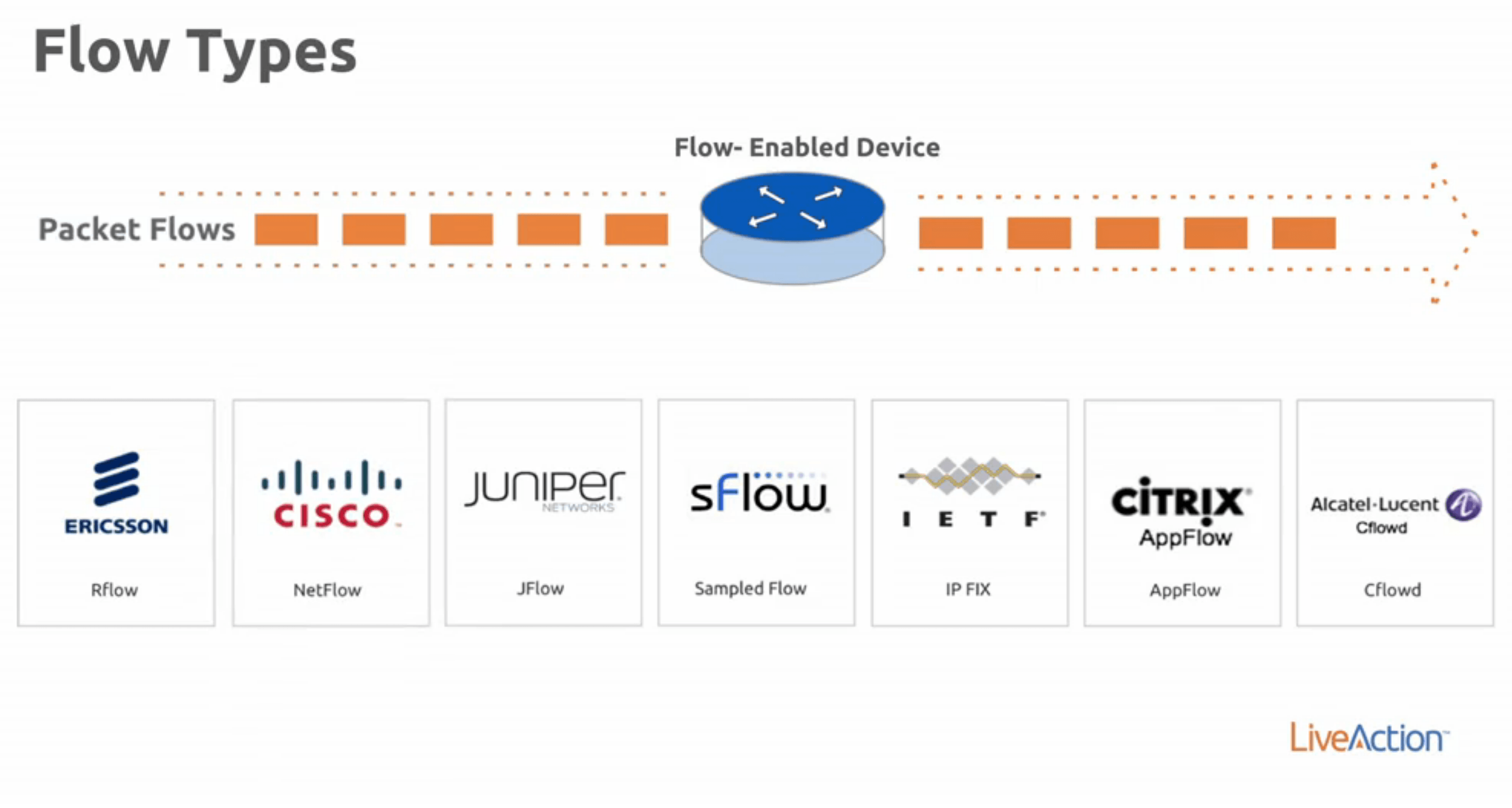
In the realm of network operations (NetOps), maintaining optimal network performance and security is paramount. NetOps teams are tasked with ensuring the network’s reliability, availability, and security, which necessitates comprehensive visibility into network traffic. Two critical techniques that provide this visibility are capturing network flow data and packet data. This blog explores the importance of both methods and how they support NetOps teams and various use cases.
Understanding Flow and Packet Capture
Flow Data: Flow data provides a high-level summary of network traffic. It includes information such as the source and destination IP addresses, ports, protocol, and the amount of data transferred during a specific flow. Common flow protocols include NetFlow, sFlow, and IPFIX. Flow data helps in understanding traffic patterns, identifying anomalies, and performing high-level network monitoring.
Packet Data: Packet capture involves recording the entire content of network packets. This includes the payload data, which provides a detailed view of the communication between network devices. Common tools like Wireshark, tcpdump, and other packet analyzers have been used for this purpose. Packet capture is crucial for deep-dive analysis, troubleshooting complex issues, and forensic investigations.
Importance of Flow and Packet Capture
Comprehensive Network Visibility:
- Flow Data: Offers a macro-level view of network traffic, helping NetOps teams understand overall traffic trends, detect large-scale anomalies, and monitor bandwidth usage.
- Packet Data: Provides a micro-level view, enabling detailed analysis of specific traffic flows and helping to diagnose intricate issues that flow data might not reveal.
Efficient Troubleshooting:
- Flow Data: Helps quickly identify which parts of the network are experiencing issues. For example, if a particular segment is congested, flow data can highlight which applications or services are responsible.
- Packet Data: Once an issue is identified at the flow level, packet data can be used to perform a root cause analysis. For instance, if an application is malfunctioning, packet data can reveal the exact nature of the problem, such as protocol errors or malformed packets.
Enhanced Security Monitoring:
- Flow Data: Useful for detecting security threats such as DDoS attacks, unauthorized access, and data exfiltration. Flow data can show unusual traffic patterns indicative of such threats.
- Packet Data: Critical for in-depth security investigations. Detailed packet analysis can help in understanding the attack vector, payload content, and the extent of the compromise. This is essential for incident response and forensic investigations.
Performance Optimization:
- Flow Data: Helps in capacity planning and network optimization by showing which applications consume the most bandwidth and how traffic flows through the network.
- Packet Data: Provides insights into application performance at a granular level, enabling the optimization of protocols and the identification of performance bottlenecks.
Compliance and Auditing:
- Flow Data: Assists in generating high-level reports for compliance purposes, showing overall network usage and adherence to policies.
- Packet Data: Necessary for detailed auditing and ensuring compliance with data protection regulations. Packet captures can provide proof of data encryption and secure communication practices.
Use Cases Supporting NetOps Teams
Network Troubleshooting and Diagnostics:
- Scenario: A sudden drop in network performance is reported.
- Solution: Use flow data to identify which part of the network is affected and which services are impacted. Then analyze packets in that segment to pinpoint the exact cause of the issue.
Security Incident Response:
- Scenario: An alert for a potential security breach is triggered.
- Solution: Flow data can help identify the scope and scale of the attack. Captured packets can then provide the detailed information needed to understand the breach, contain it, and remediate affected systems.
Capacity Planning and Network Optimization:
- Scenario: Preparing for an increase in network traffic due to a new application deployment.
- Solution: Analyze flow data to understand current usage patterns and predict future needs. Use packet data to ensure the new application performs optimally and does not introduce any network inefficiencies.
Compliance Verification:
- Scenario: An audit requires proof of secure data handling practices.
- Solution: Generate reports from flow data to demonstrate high-level compliance. Provide packet captures showing encrypted data transmissions to meet specific regulatory requirements.
Conclusion
Capturing both flow and packet data is indispensable for NetOps teams. Flow data provides a broad overview of network activity, helping to monitor, detect, and address large-scale issues efficiently. Packet data offers the granularity needed for deep-dive analysis, detailed troubleshooting, and forensic investigations. Together, these tools empower NetOps teams to maintain robust network performance, enhance security, optimize operations, and ensure compliance. By leveraging the strengths of both flow and packet capture, organizations can achieve comprehensive network visibility and more effective incident response.



